
I first read about Paul Fejos’ Lonesome (1928) when I was in high school. I don’t remember the book, but I do remember that it sounded like something I wanted to see — just from the story. I’ve always been drawn to movies with simple stories that are built on universal human feelings where the filmmaker remains devoted to making a single point or arriving at a single simple truth, but has the freedom to move around within his chosen framework. This sounded lke it would fit the bill admirably. Seeing the film was another matter (as it was with so many films I read about back then), and it would be a very long time before I’d actually get to experience Lonesome. That changed only a few weeks ago when I finally saw Fejos’ Lonesome (and his 1929 film Broadway). That was amazing in itself. But more amazing is the fact that Lonesome more than lived up to my idea of it that had been built up over those 40-plus years. In all honesty, I suspect I appreciate it far more now than I would have then because I better understand the era now than I did when I was 15 or 16 . And I’ve certainly seen more of the movies — enough to know that Lonesome is very near the top of the class. I don’t hesitate to call it a masterpiece — and the best film I’ve seen in 2012.
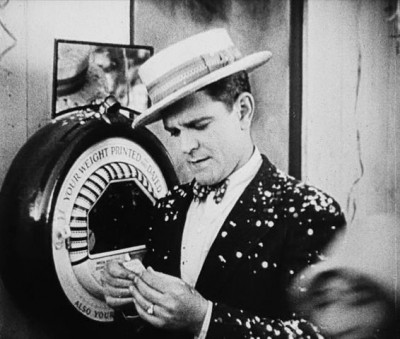
Lonesome is very much a part of the late silent and silent-to-sound era of the movies. If you’ve seen F.W. Murnau’s Sunrise: A Song of Two Humans (1927) — my vote for the best silent movie ever made — you’ll probably find some similarities here. Both have a simple love story, a trip to a huge amusement park, a storm and a separation. Lonesome, however, has none of the melodrama of Sunrise and is more purely romantic. The whole concept is simpler. In fact, it could hardly be more basic. We meet two people, Mary (Barbara Kent) and Jim (Glenn Tryon). Both live in single rooms in New York. They’re working stiffs — she’s a telephone operator, he operates a punch machine in a factory. And they’re both solitary and lonely and, of course, surrounded by co-workers who all seem to be couples. The couples are nice and try to include them in their plans, but neither want to be third wheels and pretend to have dates or obligations of their own. Faced with nothing to do and no one to do it with over the July Fourth weekend, they end up both going to Coney Island on an excursion bus. Jim spots Mary on the bus and pursues her around the amusement park until they meet. Bonded by their mutual loneliness, they spend the day and evening together — until circumstances part them. The question then becomes whether or not they can find each other again. That’s it. And that tells you almost nothing about the film.
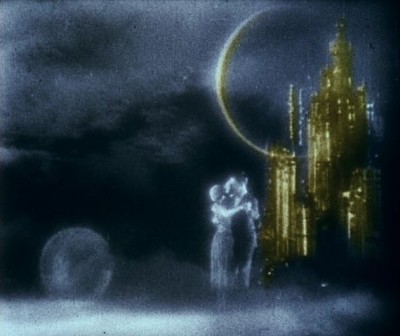
Paul Fejos — or Dr. Paul Fejos (he came to the movies from a career as a bacteriologist) — creates an entire world for the film. Though using a lot of location work (almost none of which is actually Coney Island, but a west coast park), Fejos is less interested in presenting either a real New York or a real Coney Island than he is in conveying what it feels like to be there. His New York is a gigantic, crushing place — full of scurrying humanity that recalls Fritz Lang’s Metropolis. The sense is that loneliness in the midst of so many other people is even more painful. His Coney Island is equally gigantic and, if anything, even more frenzied. (The air is so thick with confetti and streamers that it feels like a gigantic Josef von Sternberg nightclub.) But here human interaction is still possible. In some cases, it’s even possible for our two characters to be alone — at least in their own minds. In one of the film’s most astonishing sequences — one that it’s impossible to believe that Baz Luhrmann didn’t see before making Moulin Rouge! in 2001 — where they dance to Irving Berlin’s song “Always,” they crowd literally vanishes from their minds (and our view), allowing the dance to turn inro a glorious romantic fantasy.
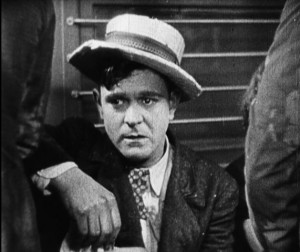
I won’t deny that a lot of the appeal to the film lies in Fejos’ nonstop technical inventiveness, but that cleverness and stylization makes the story more effective. It all enhances our understanding of and feeling for the characters. (I suspect it helps that neither Barbara Kent, nor Glenn Tryon are well-known performers, making them seem more real.) This is a movie that doesn’t lend itself to being described effectively. To understand its greatness and its emotional punch, it simply has to be seen and experienced. You have to allow yourself to be pulled into these often heartbreaking characters and their lives — and I doubt many viewers will be able to resist that pull. Nor can I think of any possible reason they’d want to.
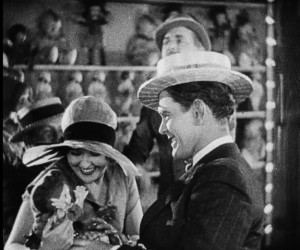
It should, however, be noted that Lonesome is from the transitional era of movies — on the edge of moving from silent to sound. As a result, it’s slightly a hybrid — containing three brief and rather stiff dialogue scenes. Hybrids were not uncommon at the time. Some of them — like the Al Jolson film The Singing Fool (also 1928) — work and are nearly talkies with a few silent sequences. Some of them are awkward and the dialogue scenes feel like intrusions. Lonesome is more in that awkward category. But there’s also something rather charming about the very clumsiness of the scenes. They almost add to the naivete of the characters — and, in any case, they’re very brief and do little to detract from the film’s delights and its gigantic heart.



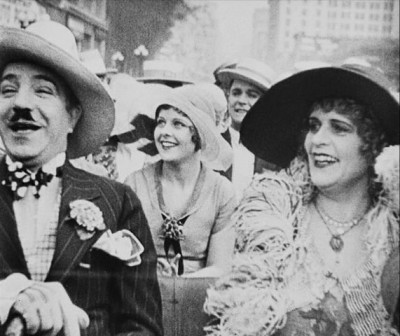
Unless something else comes along this year, I’m putting this in my top 5 for sure. What a treat and hope to be there Tuesday.
Hopefully, we’ll see you there. Now, about that Casa Negra copy of The Brainiac…
I’ll look for it tomorrow. Right now you be heading to TV Eye for our liquidation sale. Criterion dvds and blu-rays for $12.99.
I may send a minion, but it’s unlikely I’ll make it down there myself.
So much good stuff….
Well, a bit less good stuff than there was before I walked through the door. But plenty, plenty enough remaining to bring me back over the next couple weeks.
Hey Marc, I’d be thrilled to know if that Criterion Copy of Videodrome surfaces.
Found it. I think I have an extra case at Orbit.
Goddamit, I thought at first you were talking about Brainiac!
I’ll look tomorrow. Orbit has been incredibly busy past few weeks.
I’ll look tomorrow. By then I’ll have been incredibly not busy the last couple days.
I’ll think about it tomorrow at Tara…no, that’s something else.
Well, Marc, where were you, huh?